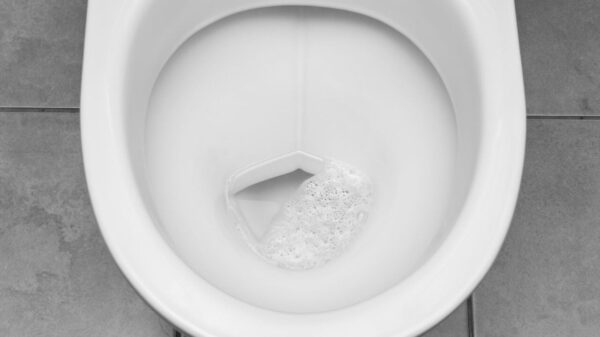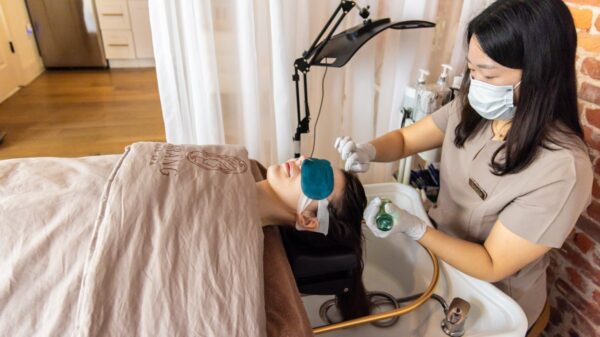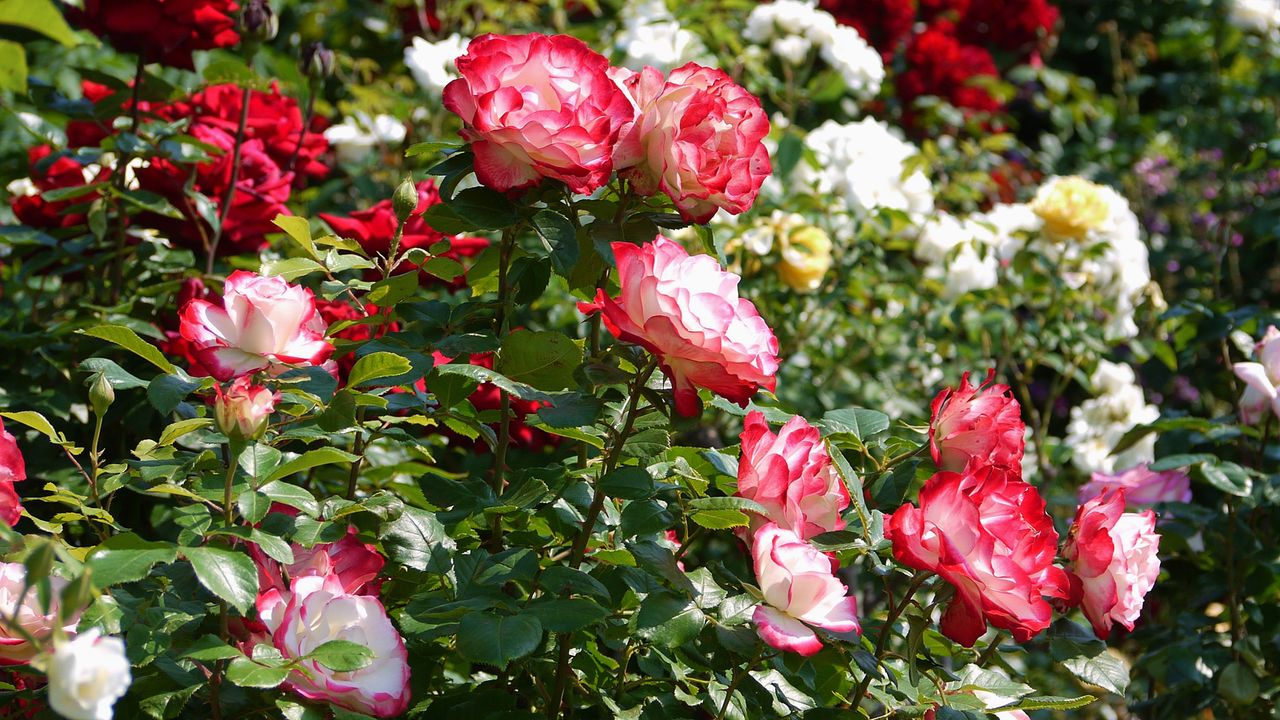As summer temperatures rise, many gardeners face the challenge of keeping their roses healthy. Contrary to popular belief, these resilient plants require diligent care during the hottest months to thrive and continue blooming. High heat, intense sunlight, and inconsistent watering can lead to pest infestations and diseases that may hinder your plants for months.
Fortunately, with the right attention, your roses can flourish even during extreme heat. Here are essential tips to ensure your roses remain vibrant and healthy throughout the summer.
Effective Care Strategies
One of the first steps in maintaining healthy roses is to deadhead spent flowers. This involves cutting off dead blooms just above the first set of leaves with five parts, using clean, sharp garden scissors or pruners. By removing these spent flowers, you prevent the plant from focusing energy on seed production, allowing it to redirect resources toward creating new blooms. Regular deadheading can extend the blooming period by several weeks, keeping your garden looking its best.
After each significant bloom, it is crucial to feed your roses. Apply a balanced rose fertilizer or a high-potassium feed to support new growth. Summer is a time of active growth for roses, which depletes soil nutrients more rapidly. Fertilizers specifically formulated for roses or general-purpose options with equal parts of nitrogen, phosphorus, and potassium are ideal. Ensure you apply the fertilizer to moist soil and follow up with thorough watering to assist nutrient absorption.
Watering practices also play a vital role in rose care. Instead of frequent shallow watering, provide deep and consistent hydration once or twice a week. This approach encourages roots to grow deeper into cooler soil layers, enhancing the plants’ drought resistance. When watering, focus on the soil around the base of the plant, and avoid wetting the foliage, as this can promote fungal diseases. Roses typically require about 1-2 inches of water per week during their growing season.
Monitoring and Maintenance
Weekly inspections for pests and diseases are essential. Common summer pests include aphids and spider mites, while diseases such as black spot can affect overall plant health. Look for early warning signs like distorted growth, yellowing leaves, or a powdery coating on foliage. Timely intervention is key; immediately remove affected leaves and dispose of them in the trash to prevent further spread.
Light summer pruning is another effective strategy to enhance the health of your roses. Use clean, sharp shears to remove crossing or damaged stems that may crowd the center of the plant. This not only improves air circulation, reducing the risk of fungal diseases, but also allows for better penetration of treatments when necessary. Trim back any visibly dead or diseased growth, and consider shortening straggly canes to encourage bushier growth and more flowers.
Maintaining a layer of mulch around your roses is also beneficial. A 2-3 inch layer of organic mulch, such as shredded bark, compost, or well-rotted manure, helps conserve soil moisture, regulate temperature, and suppress weeds. Ensure that the mulch is kept a few inches away from the base of the plant to allow for air circulation and prevent pests from taking refuge.
During extreme heat, additional care is necessary. Consider providing temporary shade during the hottest part of the day using shade cloth or the strategic placement of potted plants. Increase your watering frequency while still applying water deeply, and avoid fertilizing during periods of heat stress. Look out for signs of heat stress, such as wilting or leaf scorch, to address any potential issues promptly.
With these strategies in place, your roses can thrive even in the face of summer heat. For further guidance, consider exploring additional resources on plant care, including techniques for managing watering bans and revitalizing heat-damaged plants. Keeping your roses healthy will not only enhance your garden’s beauty but also provide a rewarding gardening experience throughout the summer months.





































































